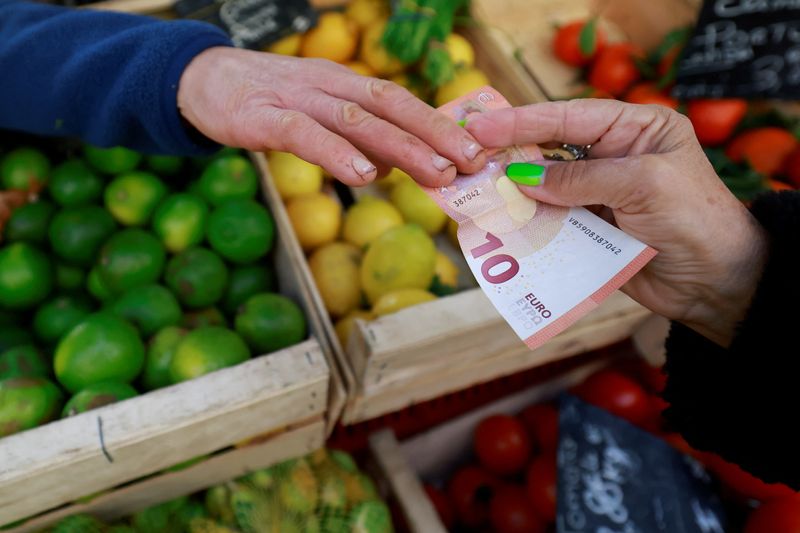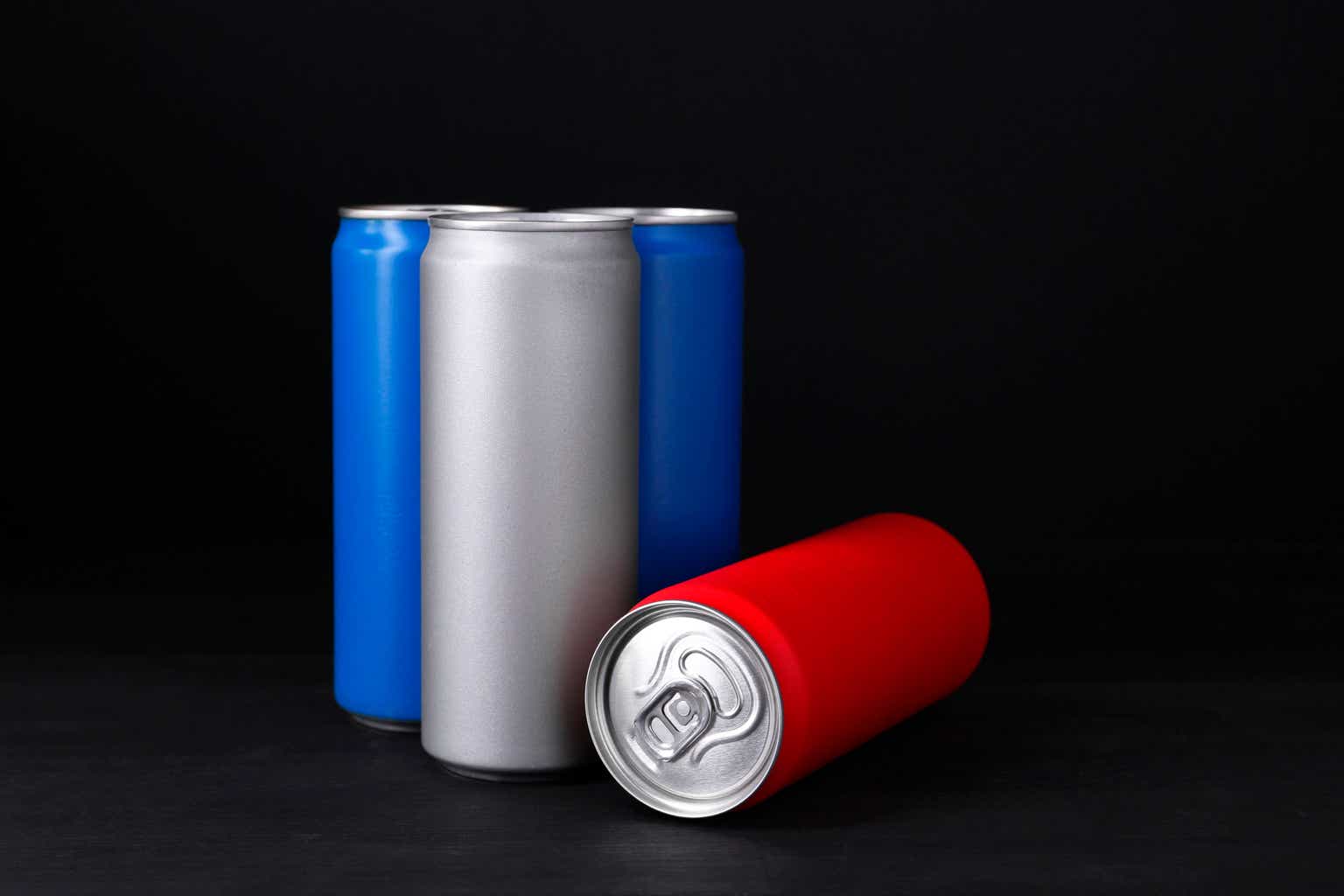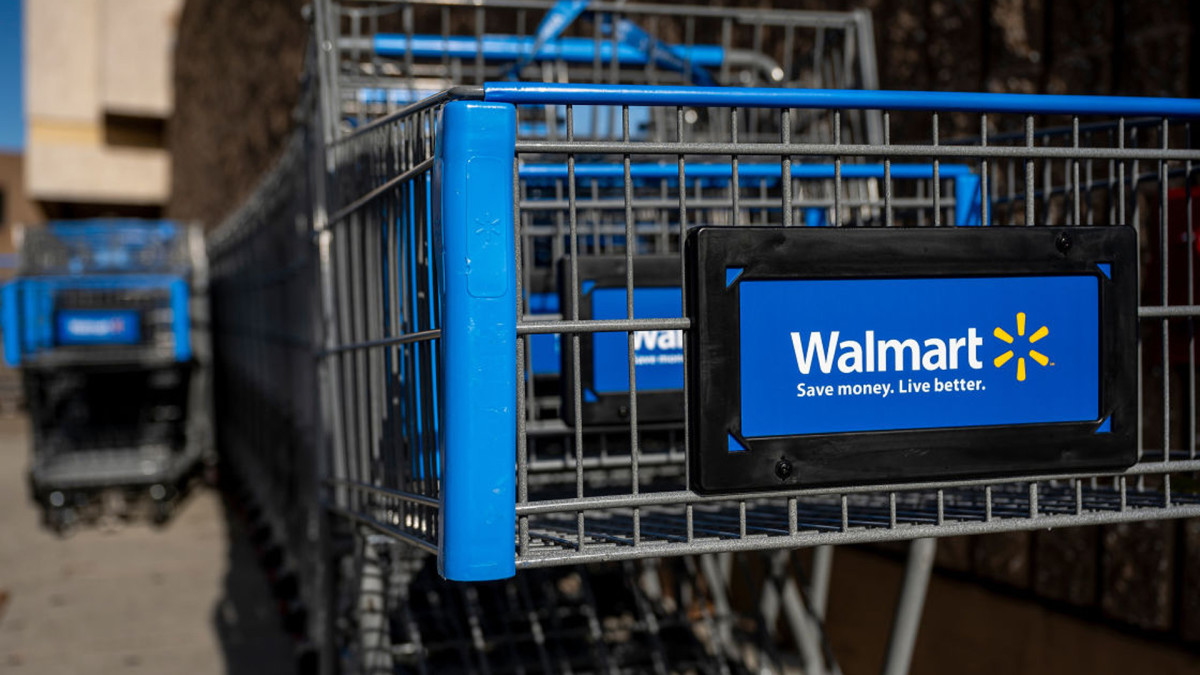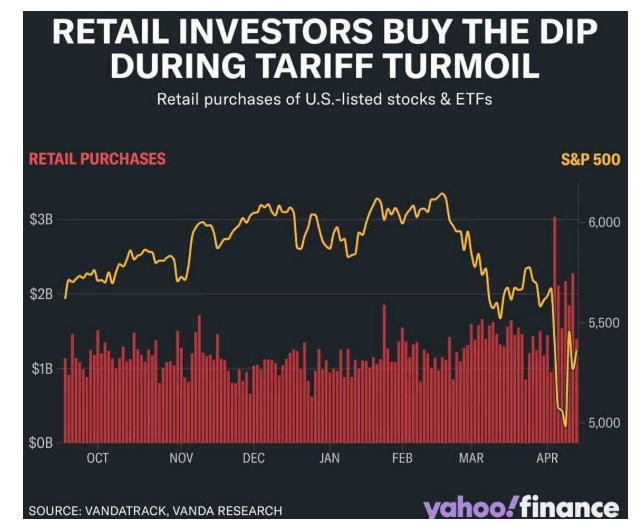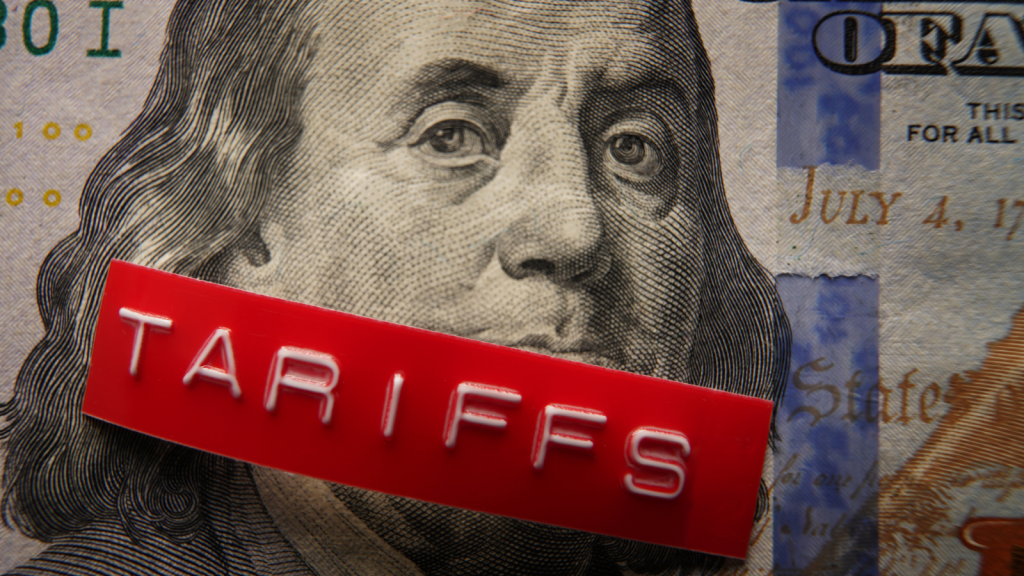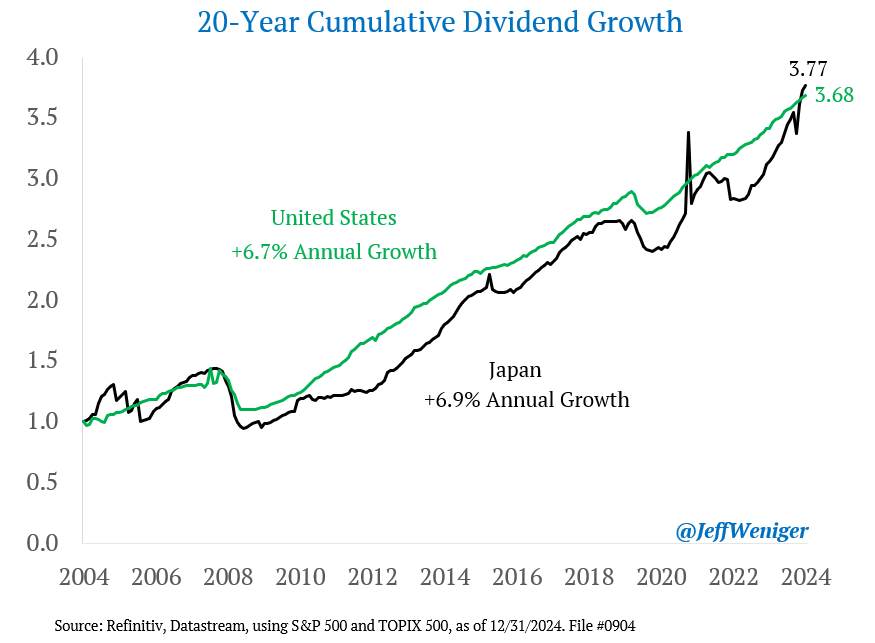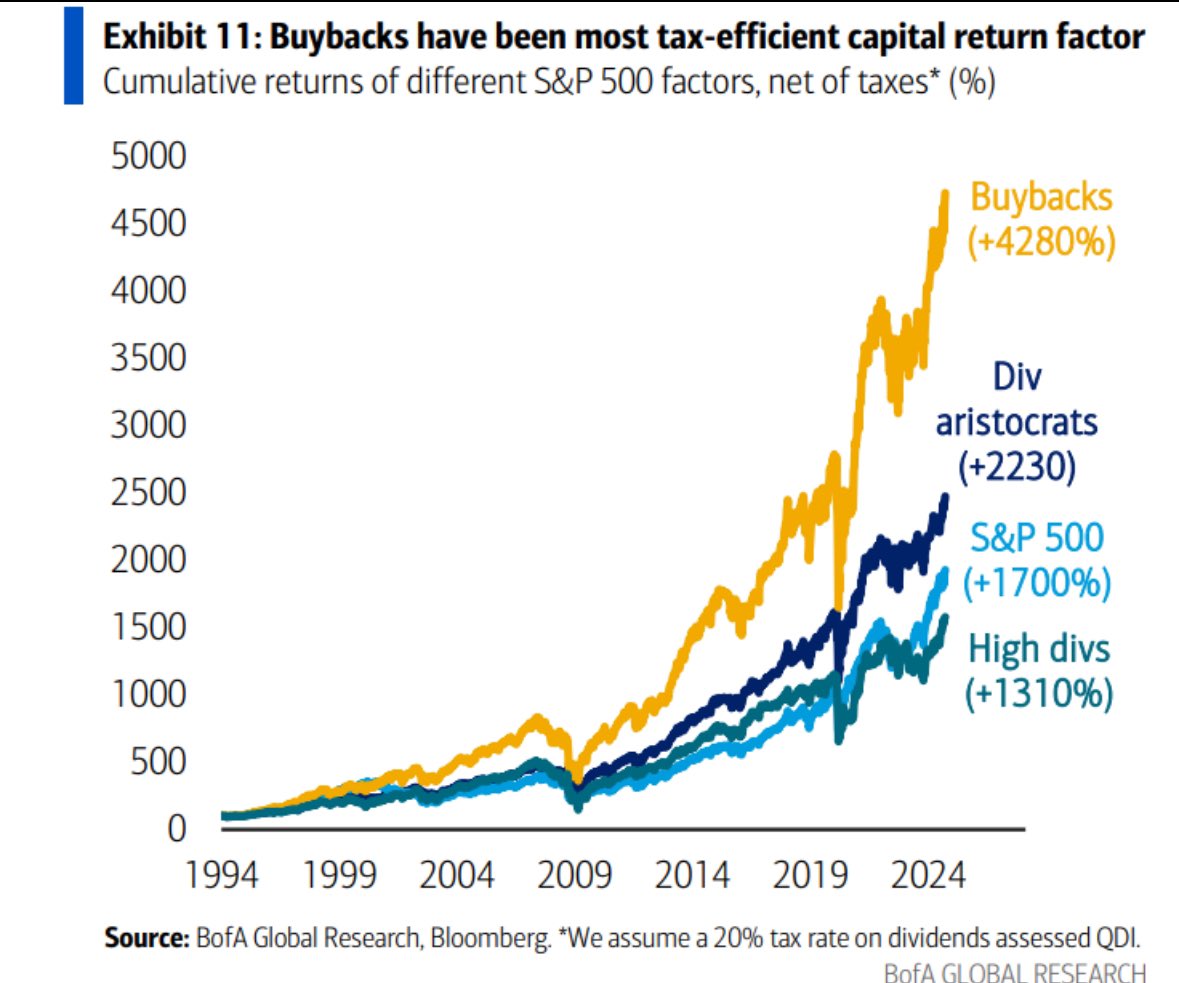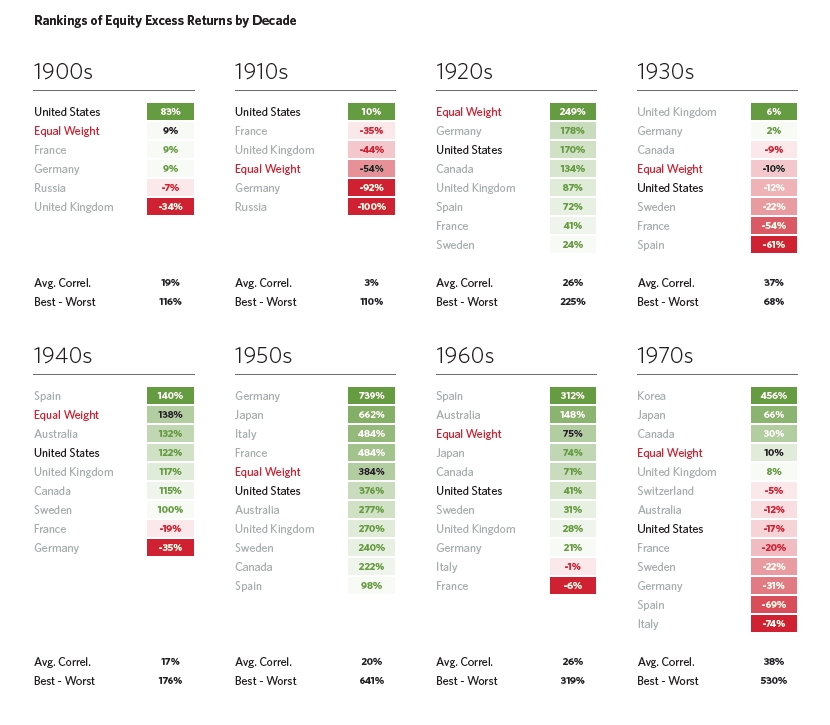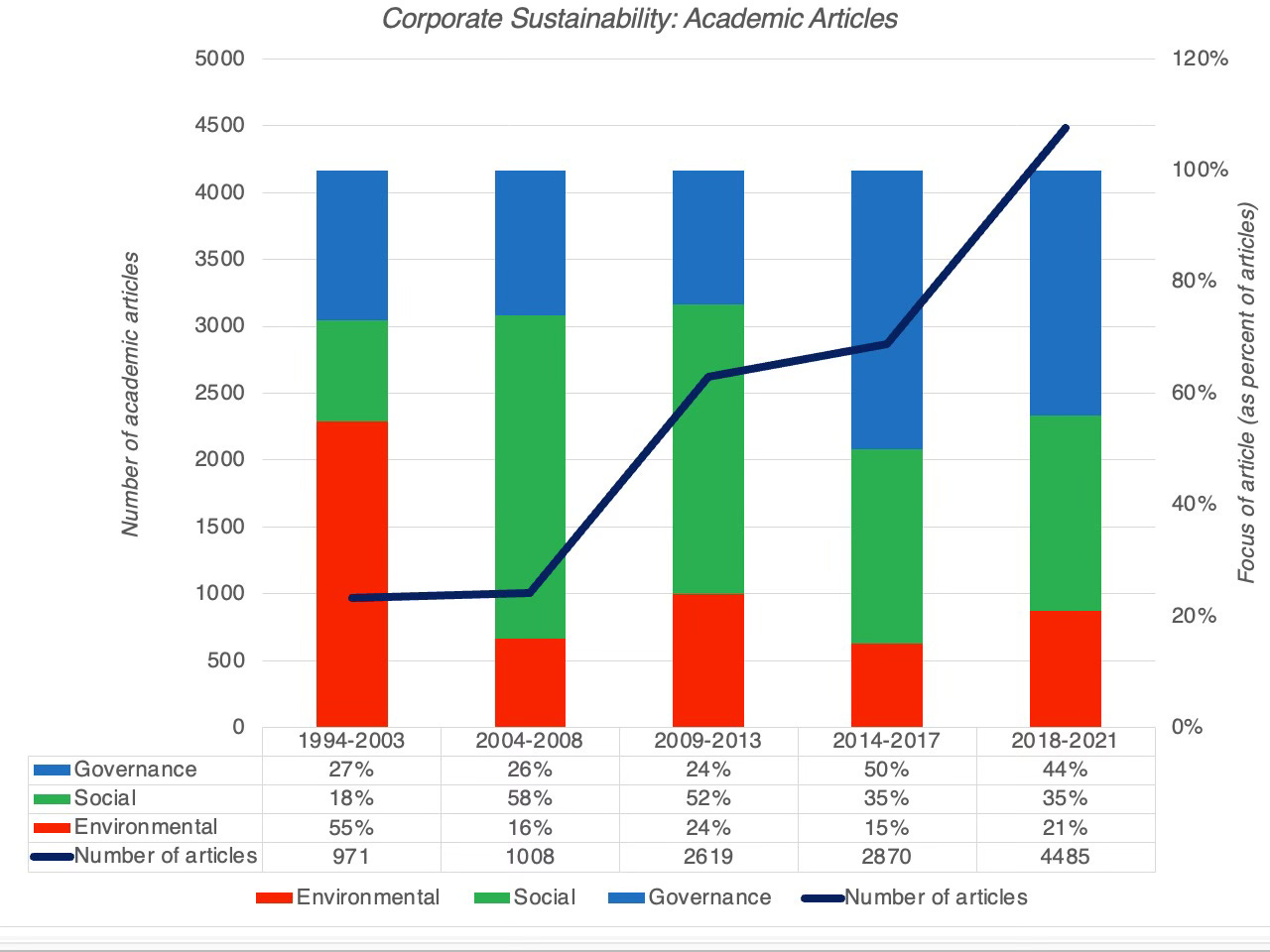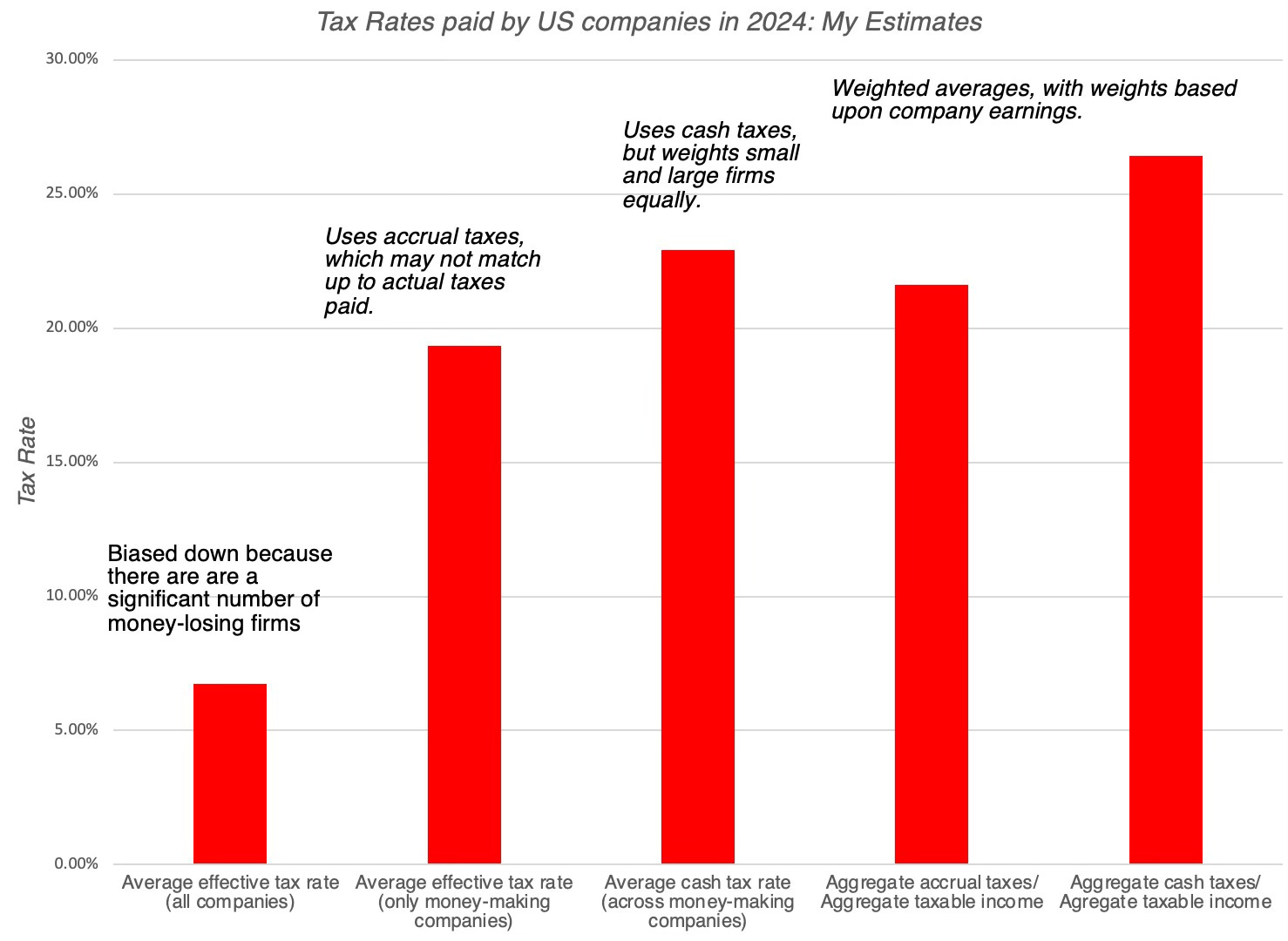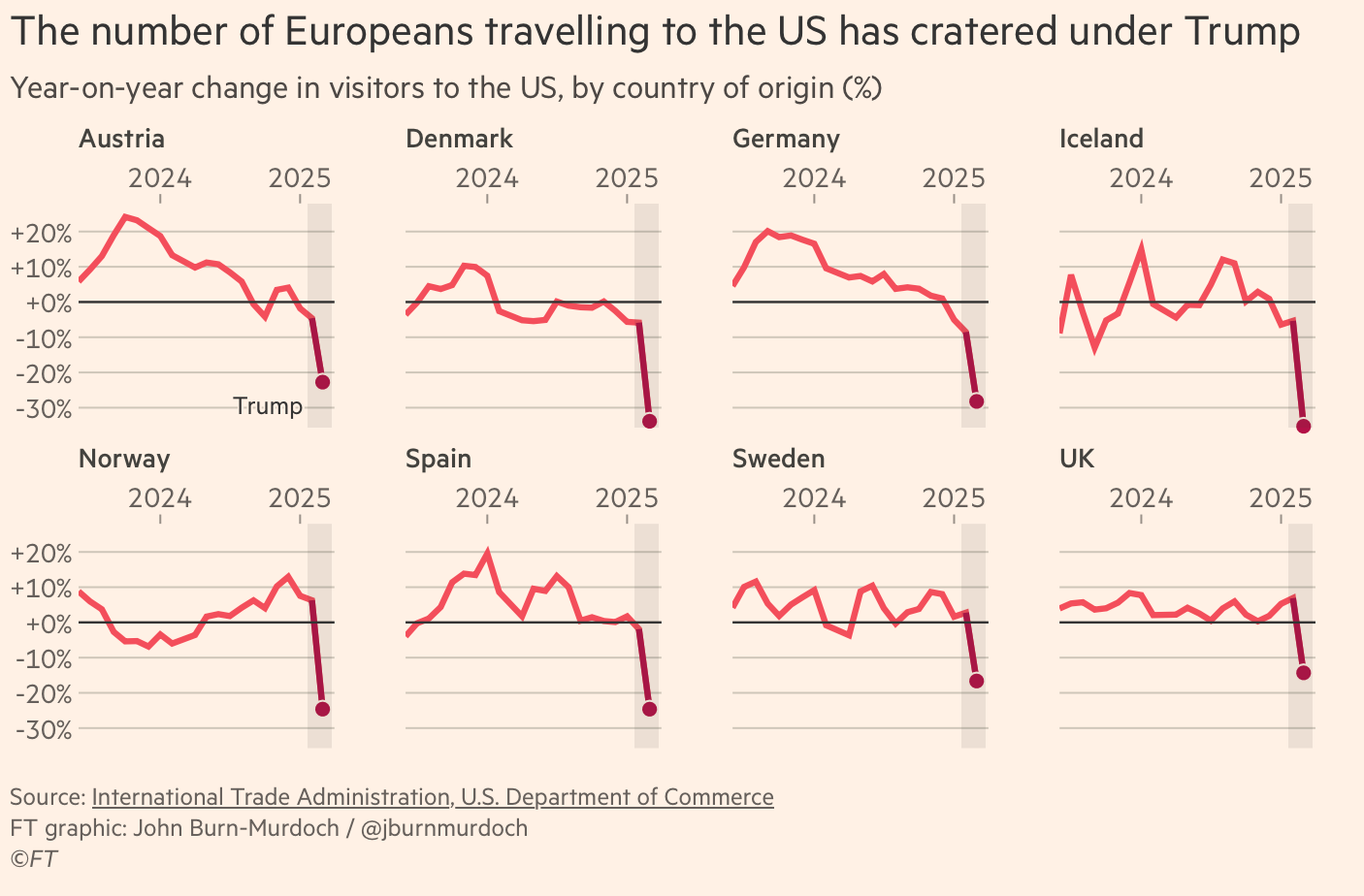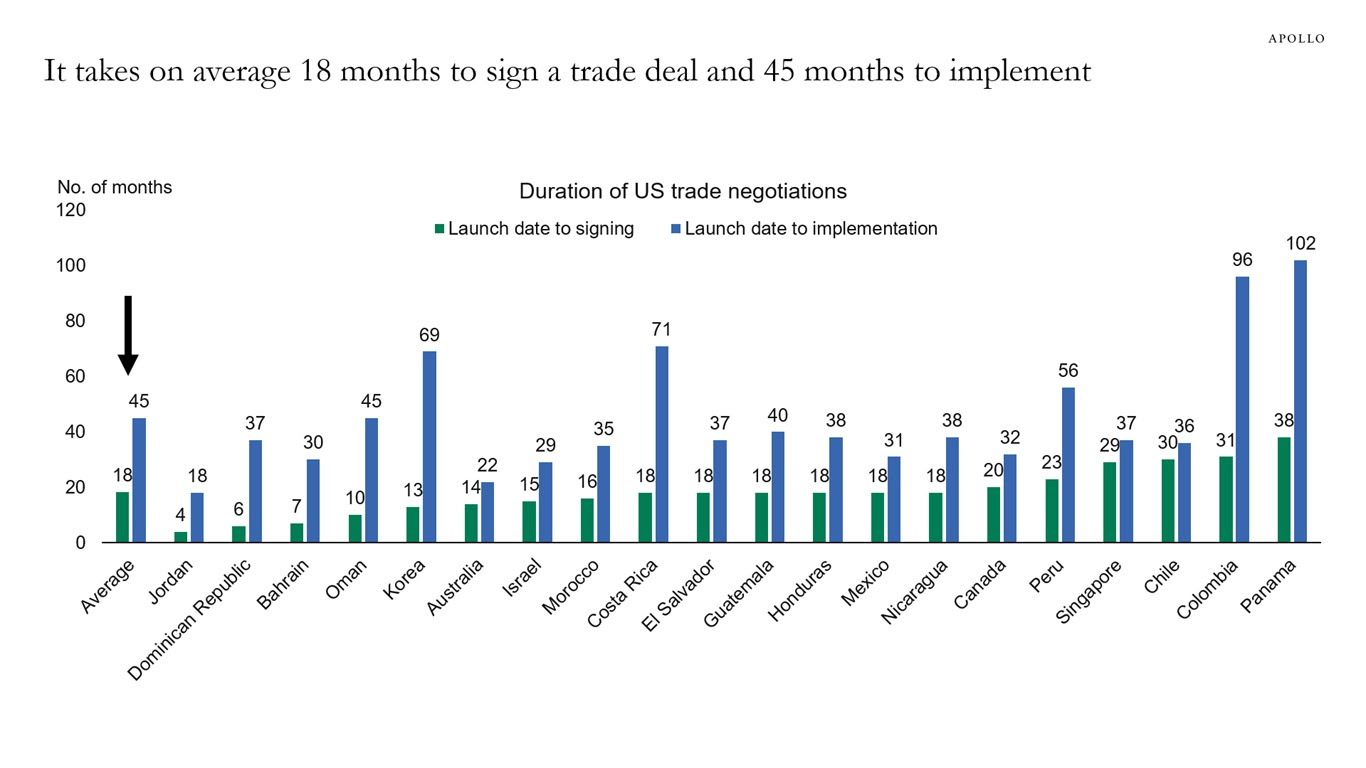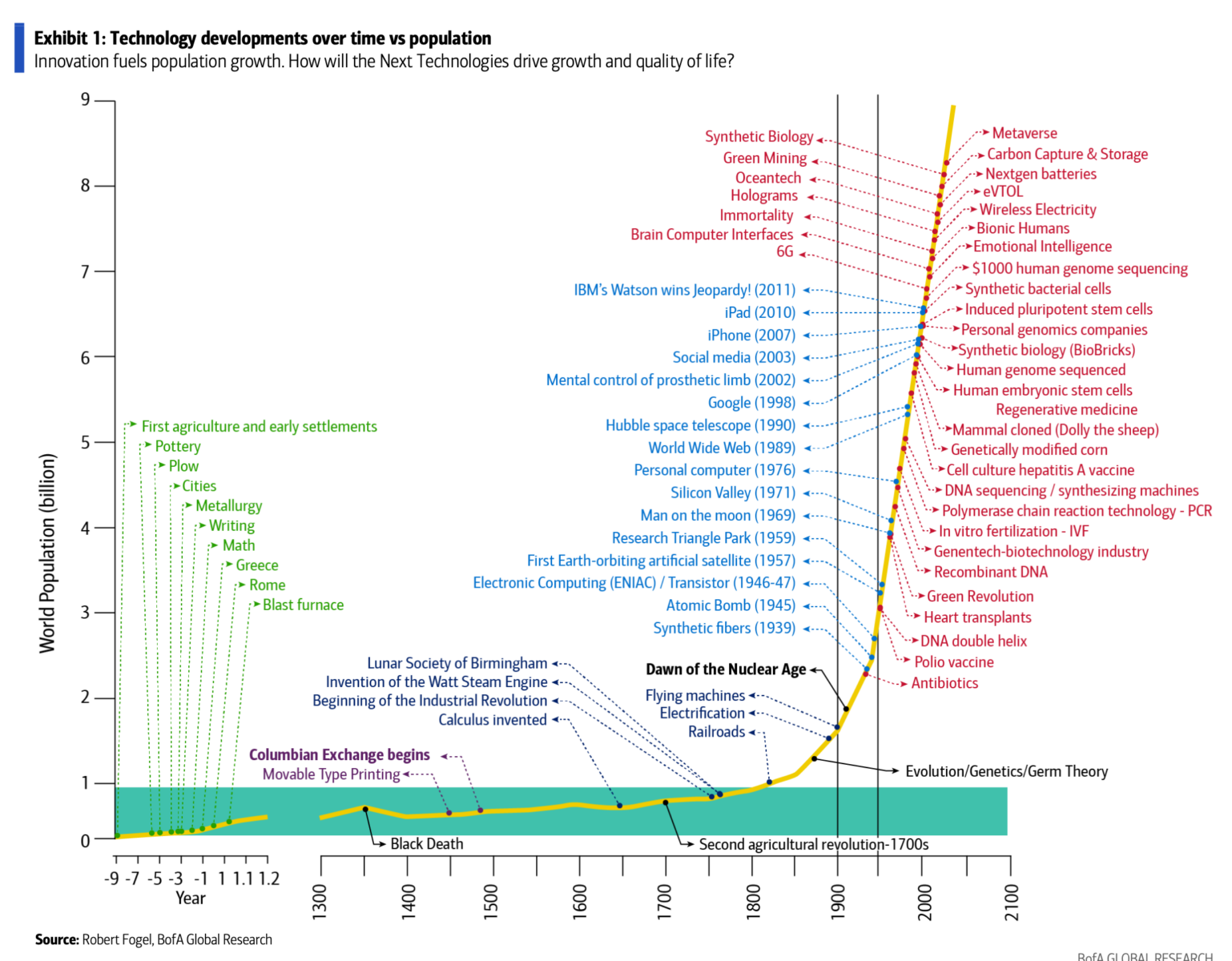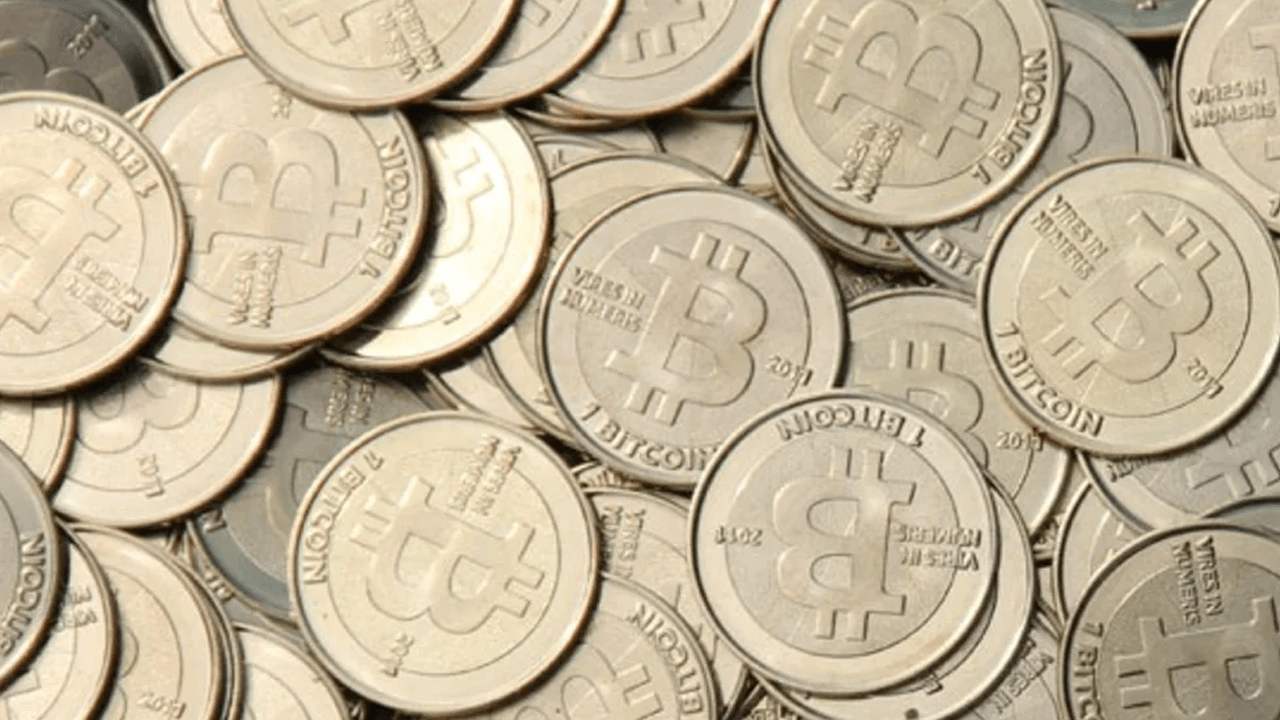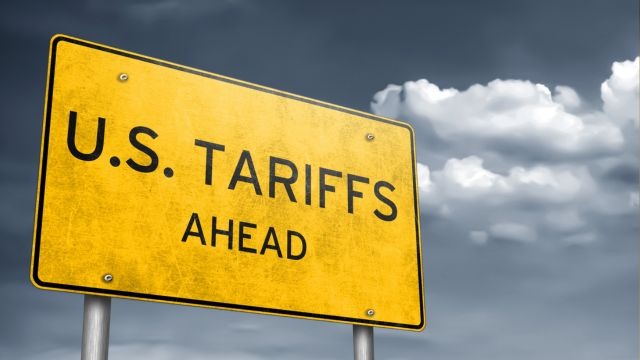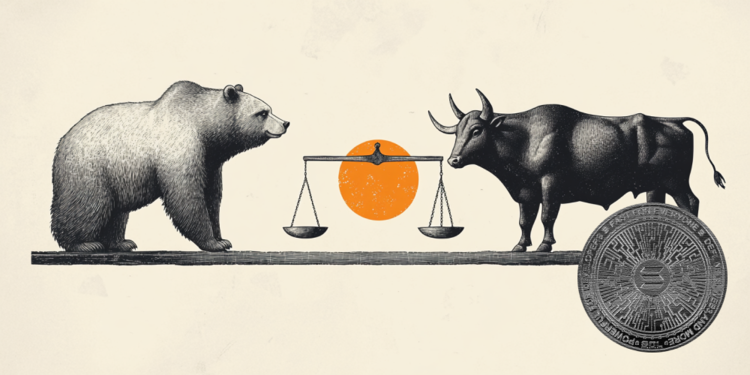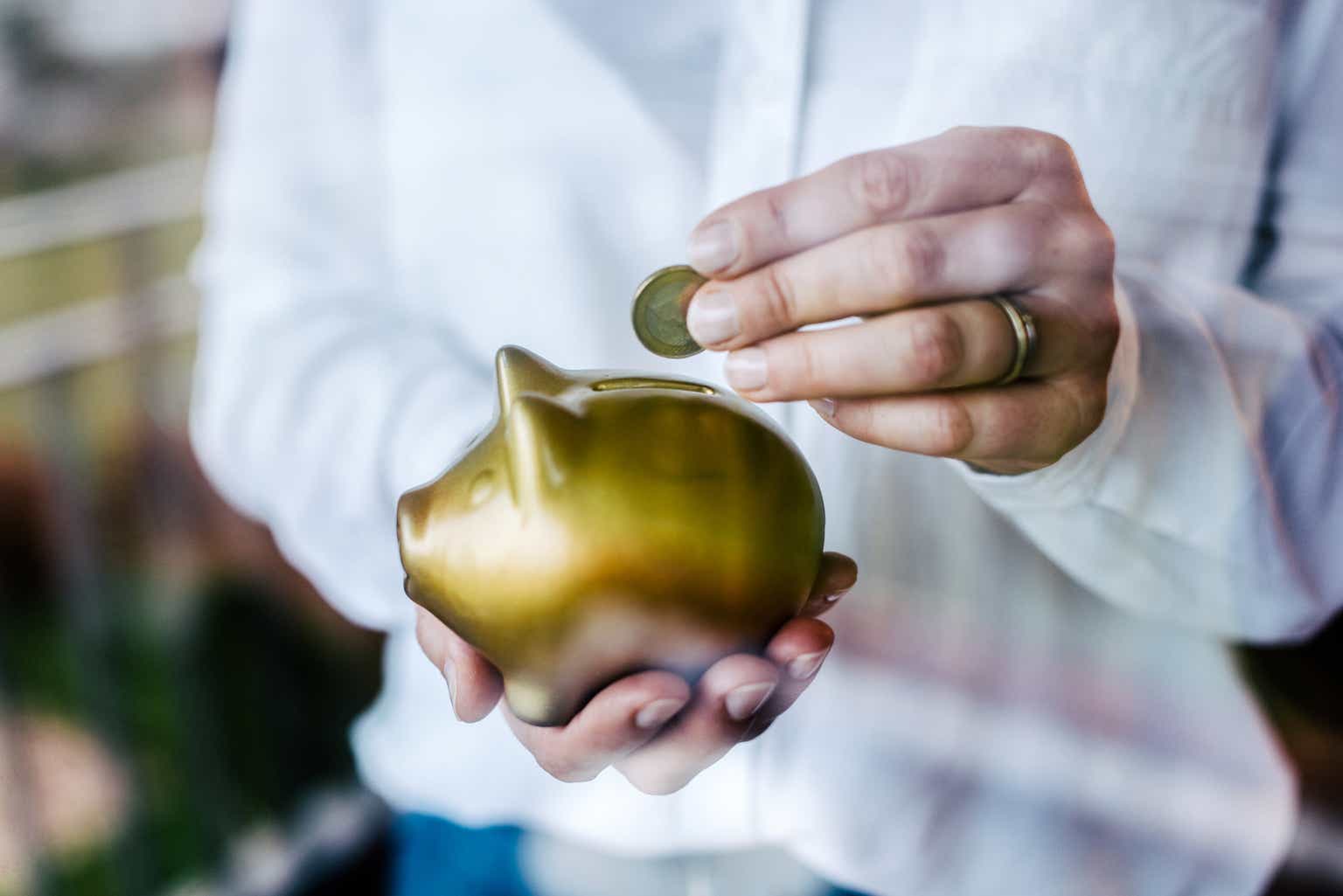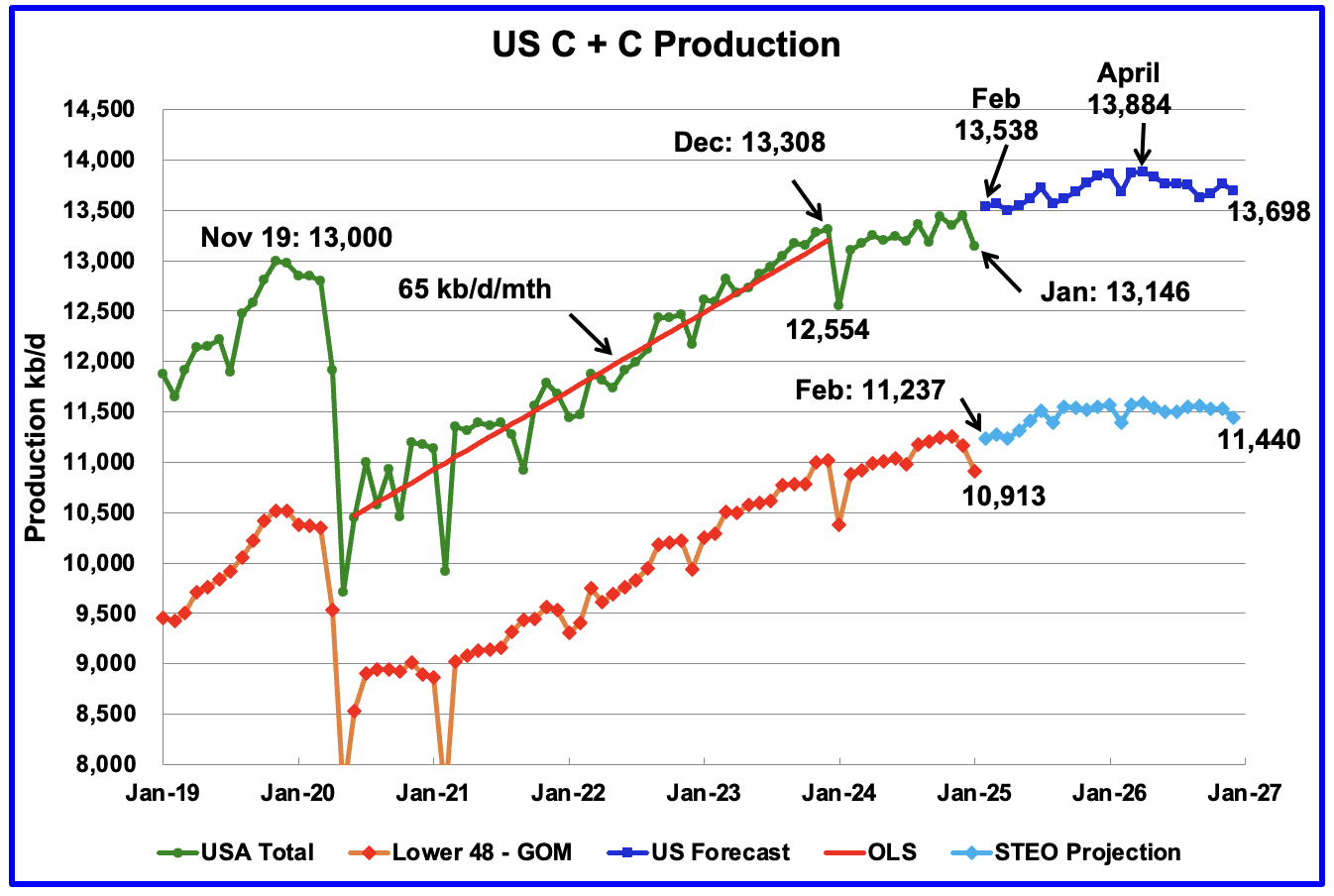The truth about European food: Experts weigh in on whether it’s better than the U.S.
Social media users rave about superior food in European countries. What do experts say?

If you’ve ever been to Europe, you might have returned raving about the food—French bread, Italian pasta, Portuguese seafood, Spanish tomatoes. But while the cuisine in European countries is famously tasty, increasingly people have taken to social media to claim the food also boasts superior quality.
“Can we just talk about how not once when we were in London and Paris did either of us feel like s--t after eating, feel bloated, or just feel flat-out disgusting?” one TikTok user posted last year.
Others have posted on social media about how they effortlessly lost weight and felt physically better while vacationing or living in European countries. Based on those experiences, people have concluded that European food is simply better.
Health secretary Robert F. Kennedy Jr. has long railed against aspects of the U.S. food system, calling ubiquitous ultra-processed foods “poison” that drive chronic disease rates among Americans.
Does Europe really have healthier, higher-quality food than the U.S.? Here’s what experts say.
Does Europe have better quality food?
“You can get food that’s just as good in the U.S., but on average, it’s easier to get good food [in Europe],” says Harry Klee, professor emeritus of the University of Florida Horticultural Sciences Department.
When it comes to fresh produce, Europe’s agricultural practices are actually no different from those in the U.S., according to Klee. Fruits and vegetables are largely produced on a global scale, Klee says, rather than locally except for when certain foods are in season.
For example, “I would argue their tomatoes are no better than ours,” Klee tells Fortune. “They’re the same genetic material, they’re grown the same way. They’re grown in Dutch hot houses, ours are grown in Canadian hot houses—and they’re the exact same varieties. It’s exactly the same tomato, produced in exactly the same way.”
Food scientist Abbey Thiel agrees that Europe doesn’t have superior food quality to the U.S. In fact, the U.S. was ranked third for food quality and safety in the 2022 Global Food Security Index, behind Canada and Denmark.
Meat and poultry, however, is much better quality in Europe, Klee adds, because they have more varieties to choose from, and consumers are more aware of where the meat comes from because they are labeled with their origins.
How cultural differences impact perception
Both Klee and Thiel point out that Europeans’ grocery shopping habits are a lot different from Americans’.
“[Europeans are] shopping regularly, almost every day, so things are by nature fresher,” Klee says.
Thiel, who lived in the Netherlands, says that it was normal to shop nearly every day for fresh groceries—meanwhile in the U.S., it’s much more common to shop for groceries on a weekly, or sometimes monthly, basis. Because that’s what consumers want, she explains, bread that lasts weeks on end is more prevalent in the U.S., for example, over fresh European bread that will get moldy in a matter of days.
Shopping more frequently leads to greater turnover in European stores, Klee explains, meaning that there will be fresher ingredients more readily available as food gets bought up.
Fresher food may influence taste, but does it affect weight?
“I lost 15 pounds without trying when I moved to France,” one TikTokker said in a video. “I was not trying to lose weight—I even exercised a lot less when I lived in France.”
She went on to explain that while she was regularly eating baguettes, cheese, and butter, she attributed her weight loss to the smaller portion sizes in France, and the fact that meals included fruits and vegetables, or a small salad to start—which upped her fiber intake, helping to keep her fuller for longer and support overall health—and that desserts were often fruit, yogurt, and tea.
Thiel says changes like these can be attributed to cultural differences. “I think there are some lifestyle aspects that have nothing to do with the quality and safety of the food,” she tells Fortune.
Thiel notes that in Europe, more people walk and bike, keeping residents more active than the car-centric Americans. Home-cooked meals focused on socialization and family time are also central to European culture, while Americans on average eat out at least three times per month and order takeout or delivery four to five times per month.
Eating what’s in-season
Seasonality can also impact how Americans experience food in Europe, he adds—as many American tourists visit Europe in the summer, when foods like peaches and tomatoes are at their peak, perception of the food quality will be based on eating foods when they taste the best.
Europeans, Klee argues, are more informed about what’s in season and are more likely to buy in-season produce over Americans, who may be used to buying strawberries or tomatoes year-round.
Klee also believes that Europeans are willing to pay higher prices for better quality food than Americans. Even though foods are available out of season across Europe, it’s not as common that Europeans will cook with those foods because they know the quality will suffer.
Eating seasonally could have big health perks as well. The American Heart Association explains, that you are eating foods at their peak nutritional quality. Shifting your diet seasonally will also make you more likely to eat a greater diversity of foods—which is shown to boost gut health—as you eat a spectrum of fruits and vegetables throughout the year.
How to find high quality food in the U.S.
Klee argues there’s no reason we can’t have tasty, quality food in the U.S.—we just have to know where to look. Here are some of Klee’s top tips for eating food at its best:
- Think seasonally: Inform yourself about when foods are in-season—and which have been shipped from far away. “If you see a peach that’s been shipped from Chile, you know it’s not going to be very fresh,” Klee says.
- Be willing to pay a little extra for better quality meats, poultry, and produce.
- If you want to buy fruits and vegetables out of season, opt for frozen. Fruits and veggies are typically frozen when they are at their freshest, ripest stage, which helps to preserve the quality—the texture may suffer a bit, but they’re your best option, Klee says.
For more on American diets:
- This dietician warns of one major issue with American diets. Here are her 4 tips to fix it
- The 4 critical nutrients missing in most American diets
- Top nutrition expert shares the No. 1 mistake he sees in American diets
- New dietary guidelines warn Americans to limit these 4 food types—and eat more of this instead
This story was originally featured on Fortune.com




